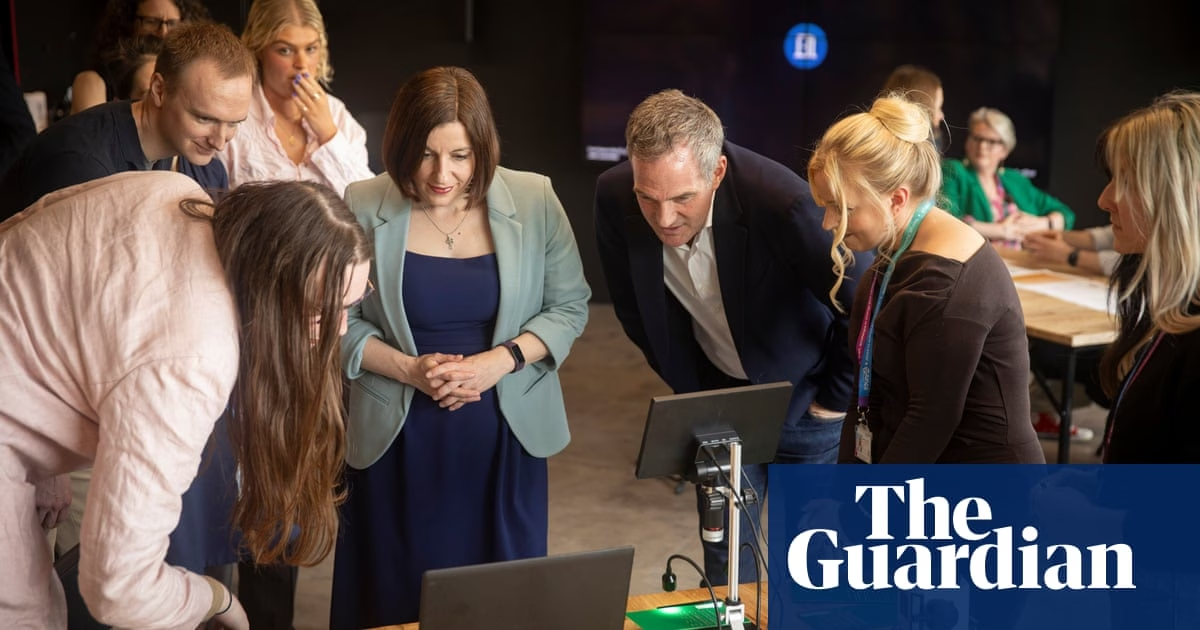In an interview with The Guardian, Phillipson expressed a pragmatic interest in how A.I. could help teachers by automating repetitive tasks and paperwork, allowing them to focus on their students’ learning and personal development, potentially addressing the teacher recruitment crisis in England’s schools. Phillipson’s vision for the next few years includes integrating A.I. technology across schools to enhance educational outcomes and make teaching more attractive. She emphasized that A.I. is meant to complement, not replace, human teaching.
A variety of tools are being created to address specific educational challenges. For example, Jessica Leigh Jones of iungo Solutions presented a digital tool that assesses circuit board wiring for vocational qualifications, potentially saving significant time for educators. Jade Lesh of iungo confirmed their tool is as accurate as human evaluation. Phillipson also expressed interest in a tool developed by TeachScribe, which uses earpieces to record teachers’ notes on students’ development and upload them for comparison with the curriculum goals.
Timesaving was a significant factor in Phillipson’s interest in these innovations. Ewan Dobres, the developer of the TeachScribe tool, stated that it will save a considerable amount of teachers’ time, which can be redirected towards more direct teaching activities. The potential for A.I. to reduce teacher workloads is substantial, and technology companies are being encouraged to develop appropriate tools to achieve this.








